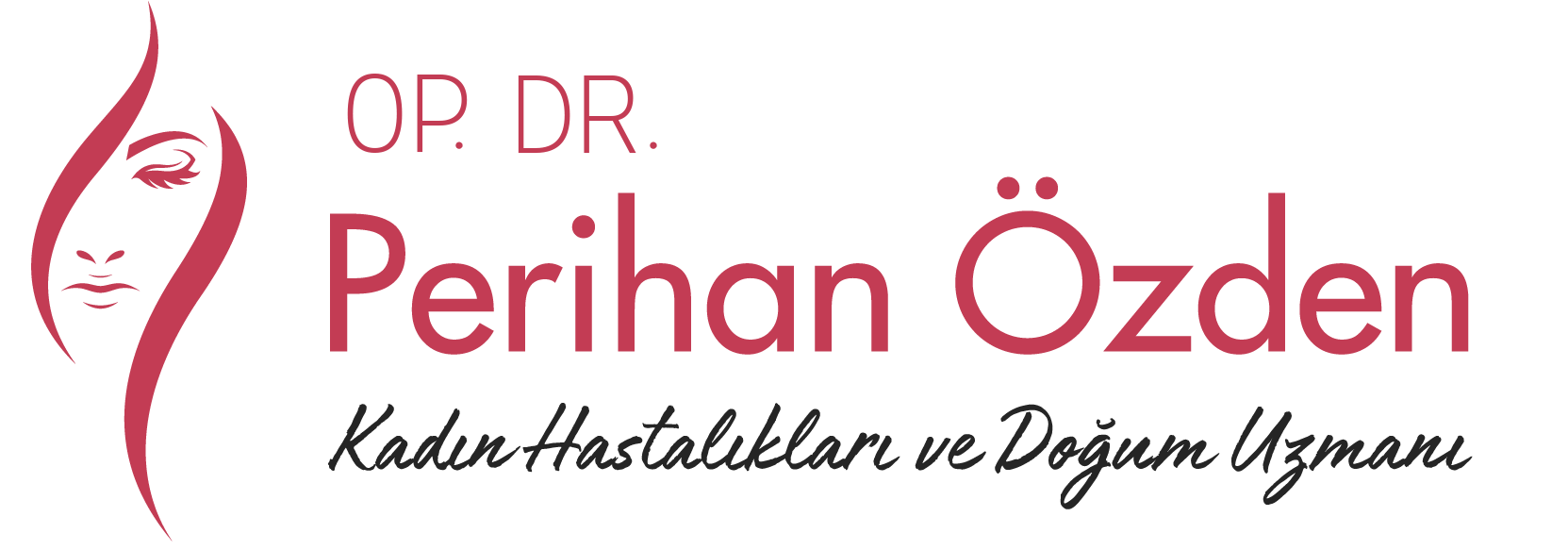Childbirth is the event that occurs at the end of a woman’s pregnancy, when the uterus contracts and the baby emerges through the birth canal. The birth process usually consists of three stages: the dilation phase, the labor phase and the exit of the placenta.
Opening Stage
This phase begins with the dilation of the cervix. The contractions increase at regular intervals and the cervix dilates. The dilation phase can usually last a few hours, and it usually lasts longer in the first birth. Every woman’s experience can be different.
Birth Stage
When the cervix is fully dilated, the stage of labor begins. During this phase, the mother starts to push her baby along with the labor pains. The baby passes through the birth canal, usually head first. This can take anywhere from a few minutes to several hours. After the baby is born, some procedures are done to help the baby breathe and strengthen the immune system.
Outlet of the Placenta
After the baby is born, the placenta (the partner) leaves the uterus and the birth is complete. The exit of the placenta usually takes place some time after birth, usually within 5-30 minutes. The birth is monitored and managed by a birth team, usually in the delivery room and labor and delivery clinic. The birth team usually includes obstetricians, labor nurses and doulas.
During this process, epidural anesthesia or other pain management methods may be used to help the mother relax. In addition, the mother can create a birth plan during prenatal planning and shape the birth process according to this plan.
Every birth experience is unique, and the pain, relief and emotional states that each woman feels are different. Health professionals closely monitor the birth process and intervene as necessary to ensure the safety of the mother and baby.
